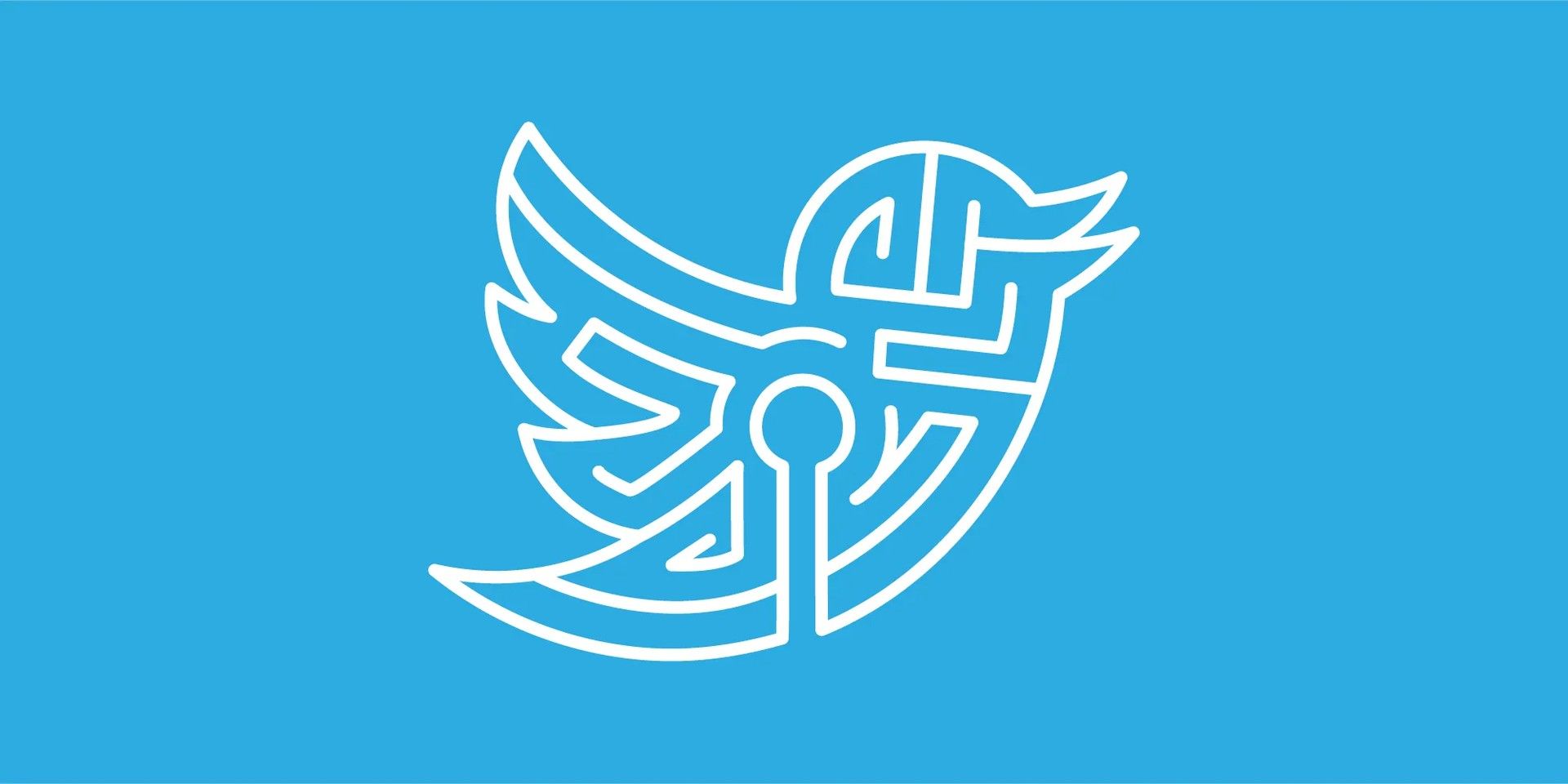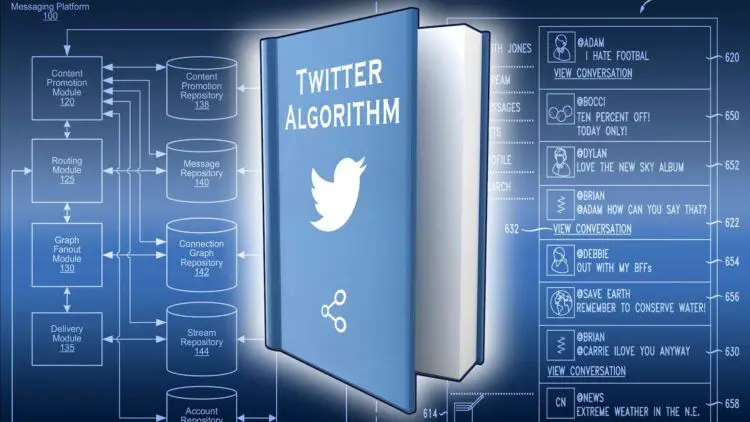Getting noticed on Twitter can be a challenge, especially if you’re trying to grow your following. This is where the Twitter algorithm comes into play. The Twitter algorithm is responsible for determining which tweets are shown to users and in what order, based on various factors. In this guide, we’ll explore how the Twitter algorithm works, and share tips on how you can optimize your tweets to rank better on the platform.
The recent news of Twitter open-sourcing its algorithm has caused quite a stir in the tech industry. Twitter is the first company to completely upload their algorithm to Github, which makes it an exciting opportunity for tech enthusiasts to delve deeper into the workings of the algorithm.
Below you may see the tweet by Elon Musk, about publishing Twitter Algorithm on GitHub.
Twitter recommendation source code now available to all on GitHub https://t.co/9ozsyZANwa
— Elon Musk (@elonmusk) March 31, 2023
The Twitter algorithm is a three-step process consisting of data aggregation, feature formation, and mixing. The data aggregation phase involves collecting data about your followers, your tweets, and you. The data about your followers is straightforward as it looks at who follows you.
To learn more about the coding behind the Twitter algorithm, check out its GitHub page using the link here or you may access Twitter’s Engineering blog via this link to read their statements on the Twitter algorithm.
How does the Twitter algorithm work?
The data about your tweets is more complex, as it involves a linear ranking parameter that weighs several inputs about the tweet. The algorithm gives the biggest positive boost to “favCountParams,” which unfortunately isn’t defined in Github. However, current thinking suggests that favCountParams is equivalent to Likes and Bookmarks, with each giving a 30x boost. Retweets give a 20x boost, while images or videos give a 2x boost. Surprisingly, a reply only gets a 1x boost.
The next step is feature formation, which involves turning all the collected data into four key feature buckets: SimClusters, TwHIN, RealGraph, and Trust & Safety.
SimClusters is the cluster where your tweet belongs, which is created algorithmically.
TwHIN estimates a user’s probability of doing the target downstream tasks, while RealGraph takes information about the tweet, the tweet writer, and the potential tweet receiver to create a weighted graph to estimate the probability of any interaction.

Trust & Safety reads content to see if it violates Twitter’s rules.
The final step is mixing, which involves grouping all of the features into three candidate sources: In Network, Embedding Space, and Social Graph, and then running them through the Heavy Ranker.
The Heavy Ranker ranks every single tweet that could be shown to you based on the probability that it will lead to positive actions for Twitter. After Heavy Ranker is calculated, several heuristics and filtering are applied to create a curated feed by creating content balance and author diversity.
How to rank better using the Twitter algorithm?
If you want to optimize your tweets for the Twitter algorithm, here are some tips to keep in mind:
Focus on Likes, then Retweets, and then Replies: Likes and Retweets give a 30x and 20x boost, respectively, while replies only give a 1x boost. Therefore, it’s much more impactful to earn likes and retweets than replies.
Post within your Cluster: The algorithm puts you into a grouping of similar profiles, so posting outside of your cluster won’t do as well. Therefore, it’s important to hammer home points about your niche to ensure you’re posting within your cluster.
Avoid posting misinformation: Anything categorized as misinformation gets the rug pulled out from under it. Therefore, it’s important to avoid posting false or misleading information.
Use images and videos: Both images and videos lead to a 2x boost, which can significantly improve your tweet’s engagement.
Pay for Blue: Although Twitter Blue has been at the center of many debates since the day it was launched, paying for the monthly fee gets you a healthy boost.

Avoid mutes and unfollows: All of the following hurt your engagement: Mutes, Blocks, Unfollow
Know your Follower Graph: Who follows you is an important data point for the algorithm, so it’s important to know your follower graph and engage with them regularly.
Avoid links: Generally, external links get you marked as spam. Unless you have enough engagement, it’s best to avoid links in your tweets. After all, even Musk banned tweets that has links to other social media platforms before.
Avoid unknown language: Words that are identified as “unknown language” are given a 0.01 penalty, which is significant. Therefore, it’s important to ensure your tweets are written in clear and understandable language.
Avoid making up words or misspelling: Making up words or misspelling words can hurt your tweet’s engagement, as they may be identified as “unknown language” or simply be difficult to understand.
Why does understanding the Twitter algorithm matter?
In today’s age of social media, understanding how algorithms work is becoming increasingly important for individuals and businesses alike. With the recent news of Twitter open-sourcing its algorithm, it’s exciting to see the level of transparency and access that is being provided to the public.

By delving into the workings of the Twitter algorithm and understanding how it ranks tweets, individuals and businesses can optimize their content to reach a wider audience and grow their following.
While the algorithm may seem complex, the tips provided in this guide can help simplify the process and make it easier for users to create engaging content. The Twitter algorithm is just one example of the many algorithms that exist in our daily lives, and it’s important for us to continue to educate ourselves on how they work in order to navigate the digital world more effectively.





